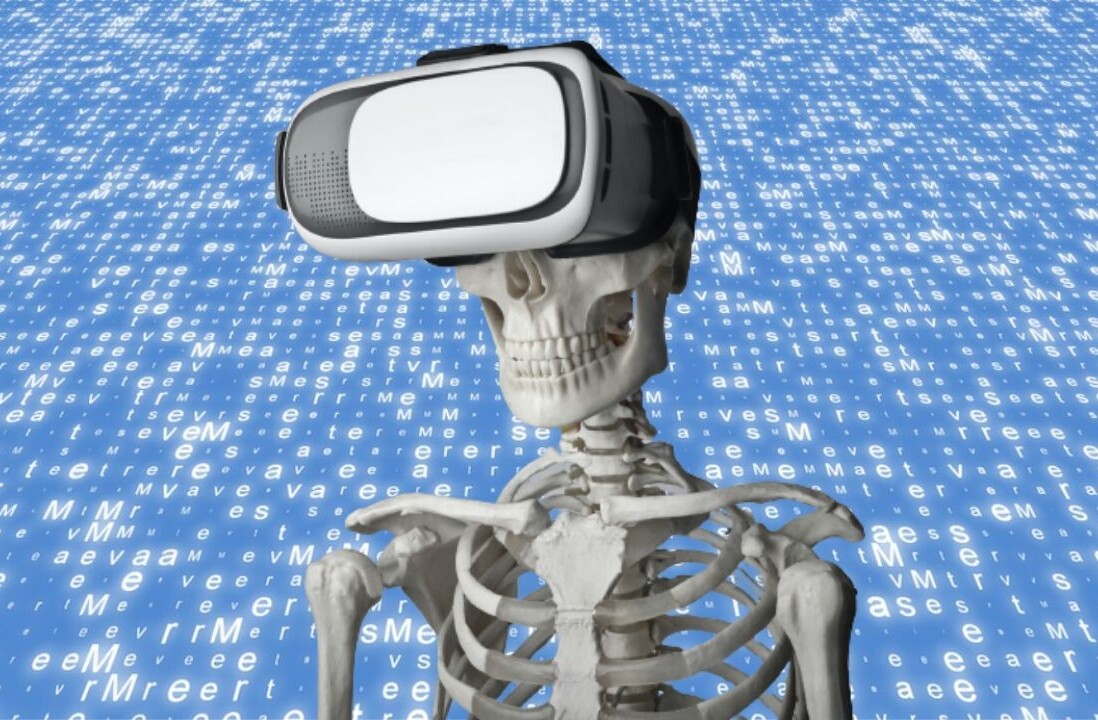
Meta’s next VR headset is expected to be one of the company’s biggest launches — perhaps its most important hardware launch to date.
We’ve known about the headset, dubbed Project Cambria, since the company changed its name to Meta last year. But since then, several leaks have provided a better picture of what to expect from the headset, and one thing has become clear: this isn’t just another VR headset aimed at gamers.
What’s different about Project Cambria?
The most important description we’ve received about Project Cambria comes from The Information; according to the publication, Meta employees have alternately described the headset as a “laptop for the face” or a “Chromebook for the face.” It’s a device Zuckerberg hopes people will use to get work done rather than being aimed primarily at gamers as with previous headsets.
That’s going to be crucial for the company’s metaverse aspirations. There’s nothing wrong with gaming, but the metaverse ain’t gonna happen if the only people in it are gamers. Meta needs to prove there’s value in owning a VR headset to a much larger portion of its potential customers.
What will it look like?
Meta once uploaded this blurry render of Project Cambria. It’s the only official look at the headset we have.
How could Project Cambria be useful for work?
The reference to Chromebooks is particularly important, as it seems Project Cambria will heavily rely on web-based experiences rather than native applications for its productivity. That would make some sense, as it’s an equalizer in terms of processing power.
That said, unlike Google, Meta doesn’t have an existing suite of productivity apps to leverage. And it would be an uphill battle to attempt to enter a space dominated by Google and Microsoft.
I wouldn’t be surprised if Meta partnered with either company to optimize its productivity experience, but as long as the browser is functional enough, Project Cambria should work just fine with existing web-based apps. In theory.
It’s worth noting that the headset is expected to run on Android, which means it might be possible to get some existing mobile apps on there. But given Android’s lackluster support for large-screen devices, optimizing for browser apps likely makes more sense.
But why not just use a laptop or desktop?
It’s unclear how Meta plans to market the idea of getting work done with a VR headset. But if I had to guess, the company will heavily promote the virtually infinite workspaces you can achieve in a virtual desk.
On a phone, laptop, or desktop, your productivity is largely limited by your screen size. You can only fit so much information on a small screen, so your workflow is often stagnated by having to switch between multiple tabs or virtual desktops. There’s a reason some people have two or more monitors at their desktops.
With a VR headset, you have essentially unlimited space. You could resize and rearrange windows around you at will. It’s not a new concept either; Lenovo already has AR glasses that can project five virtual monitors.
The key will be making its display high enough resolution that text is clearly legible; nobody wants to be writing through a screen door. According to The Information, the headset will have a high enough resolution that people can use it to comfortably send emails or code. It’s also expected to have a larger battery than the current Quest, in order to allow people to use the headset for longer work sessions.
That said, it remains to be seen how effectively Meta can solve the problem of typing in VR.
But VR is so lonely.
Like many VR headsets, Project Cambria will include external cameras that allow you to view your surroundings. Your friends and coworkers might not be able to see your face, but at least you’ll be able to see them. That’s something, right?
Apparently, the quality of these external cameras is supposed to be so good that Meta is calling the tech “full-color pass-through,” but the proof is in the pudding.
Of course, Meta’s goal is to get everyone into the metaverse anyway. Then the people sticking to the real world only will be the weirdos.
What’s it going to be called?
The most likely name appears to be the ‘Quest Pro.’
You know, a VR headset for professionals. Serious business.
When’s it coming?
Although the headset was originally slated to launch last year, supply chain issues mean it’s expected to launch in September of this year instead.
How much will it cost?
According to The Information, its sources pegged the price at $799, but a Meta spokesperson told the publication the real number would be “significantly higher.”
The headset is expected to offer some of the best VR hardware to date, and while we don’t anticipate it being as uber-expensive as Apple’s headset is expected to be, you can expect it to cost a pretty penny.
What’s next?
Project Cambria aside, Meta is expected to launch two Quest headsets at lower price points: Stinson (in 2023) and Cardiff (in 2024). It will then supposedly follow up on Cambria with Project Funston in 2024.
By then, both Google and Apple are expected to have announced headsets of their own. It’s going to be an exciting few years in the world of VR.
Get the TNW newsletter
Get the most important tech news in your inbox each week.





